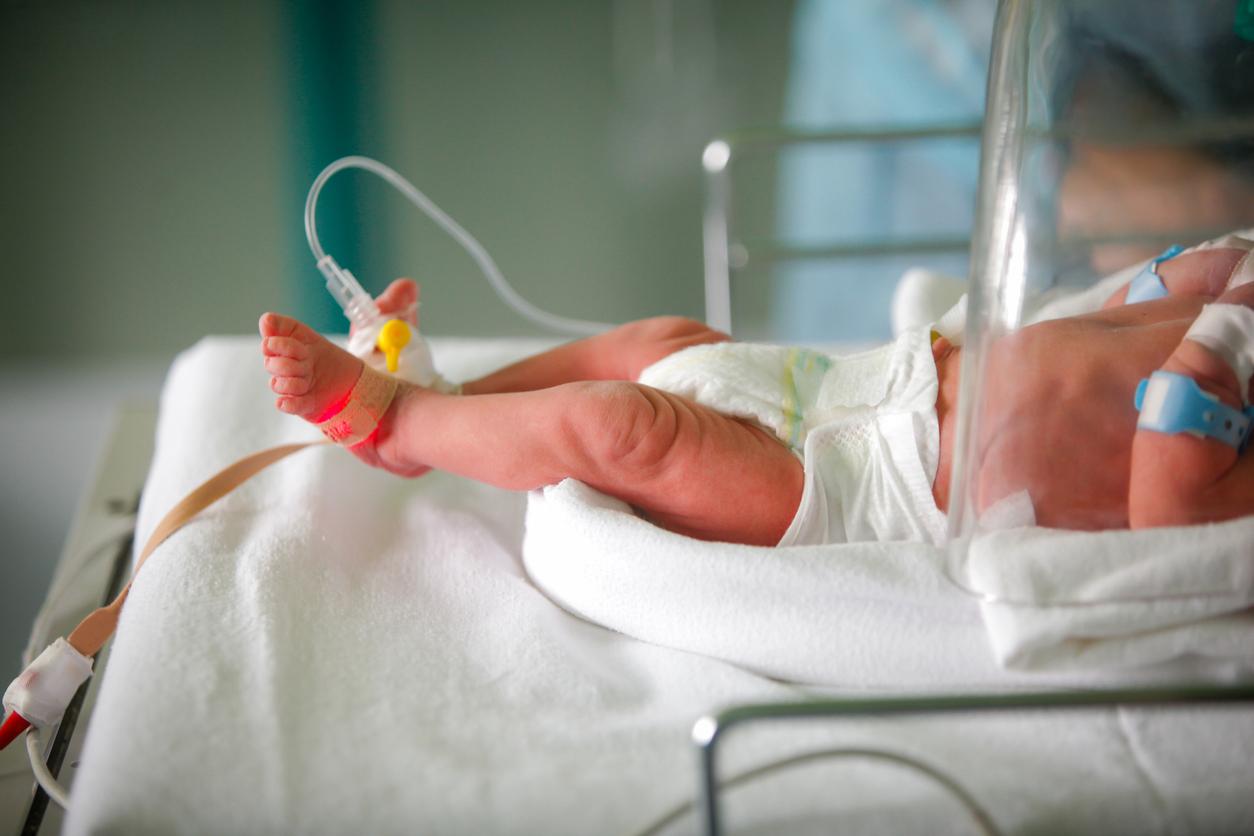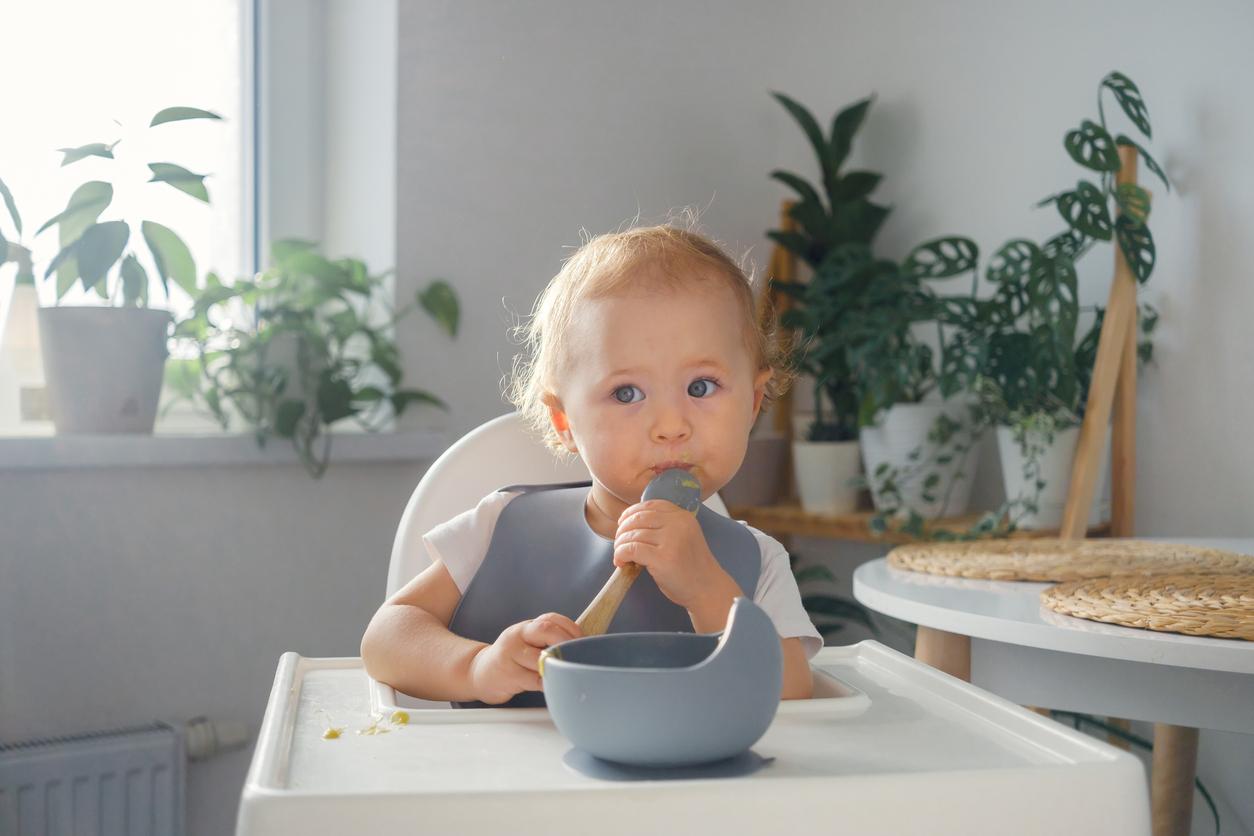This is confirmed. Children born by cesarean section are said to have a higher risk of developing food allergies than those born naturally. Here’s why.

According to a recent study published in the Journal of Allergy & Clinical Immunology, Children born by cesarean section are said to have a higher risk of developing food allergies than those born naturally. The scientists came to this conclusion after analyzing the allergic histories of more than one million Swedish children born between 2001 and 2012. They compared the type of birth (vaginal or cesarean, which was subdivided into scheduled cesarean section or d emergency) and the development of food allergies in children.
18% more at risk
By 13 years, 2.5% of these children (26,732) were diagnosed with food allergy, and the risk was higher in children born by cesarean section. Those born via scheduled cesarean section had an 18% higher risk, while those born via emergency cesarean section had a 21% increased risk.
On the other hand, very premature babies (that is to say born before 32 weeks) had a 26% lower risk of developing a food allergy than the average. There was also a slight variation between cases of moderate prematurity (4% decrease in risk in people born between 32 and 35 weeks) and cases of late prematurity (1% increase in risk between 35 and 36 weeks). .
Exposure to vaginal microflora
“This association reinforces the theory that exposure to vaginal microflora could reduce the risk of atopic manifestation in children”, analyze the authors of the study. “Cesarean delivery appears to delay and impair the development of babies’ immune systems,” they add. More simply, when a baby is born vaginally, it is exposed to the natural bacteria secreted in its mother’s vagina (the vaginal microflora), which has the effect of strengthening its immune system, unlike infants born by cesarean section.
The researchers were also able to determine the median age of first food allergy diagnosis: 1.6 years. Other factors increasing the risk of allergies have also been identified. For example, little girls and children whose mothers had asthma were more likely to develop food allergies.
Food allergies are on the rise
Breastfeeding, antibiotic consumption, and nutrition also influence the data. Cesarean births have already been linked to various health problems such as obesity, asthma and diabetes. The cesarean section rate in France increased significantly between 1981 and 2003, and has since stabilized at around 21%.
Currently, some 3% of the population has a progressive food allergy and 8% of children a food allergy, this figure including atopic dermatitis. In 1970, only 1% of the population was affected. Five years ago, the sick were half as many as they are today. “The evolution of lifestyles, the availability for the greatest number of foods from distant countries, the ever more extensive processing of food products contribute the dissemination of new allergens, sometimes in masked form, which creates difficulties for risk assessment, ”notes the Ministry of Health.

.
















